Macro & Close-up Photography using Macro Lenses
If you have an interchangeable lens camera, you can purchase a macro lens for your camera. A macro lens allows you to focus much closer (and so obtain greater magnification) than a standard lens.
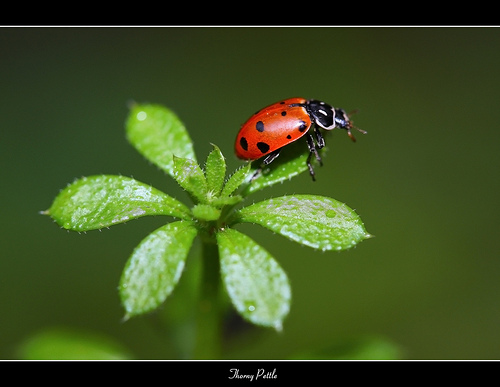
Thorny Pettle by the_tahoe_guy on flickr (licensed CC-BY)
For example, Canon's 100mm f/2 lens has a minimum focusing distance of 0.9m, and a maximum magnification ratio of 1:7.1. Whereas their 100mm f/2.8 IS macro lens has a minimum focusing distance of 0.3m, and a maximum magnification ratio of 1:1.
While you might be able to get reasonable close-ups with a standard lens, a macro lens will let you get much closer.
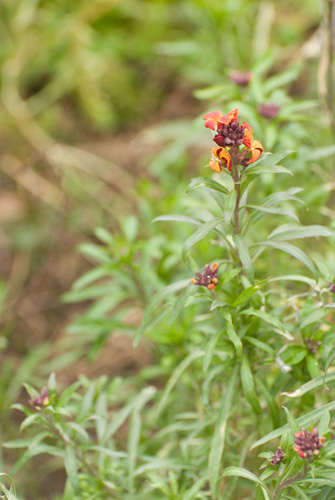
Standard zoom lens zoomed to 100mm at its closest focusing distance

100mm macro lens allows you to focus a lot closer
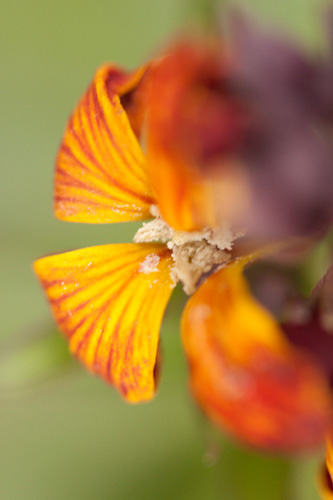
100mm macro lens at its closest focusing distance
Another difference is that most lenses are optimized to be sharpest at longer focus distances, as this is where most people use them. At their shortest focusing distance, you may find that image quality drops off a bit. Macro lenses, on the other hand, are optimized for work at close distances. They typically offer high sharpness, a flat field of focus, and very little distortion.
Of course, this doesn't come for free, otherwise all lenses would be made as macro lenses. Generally a lens that has macro capabilities will have a smaller maximum aperture, and will often be more expensive than an equivalent lens without macro capability.
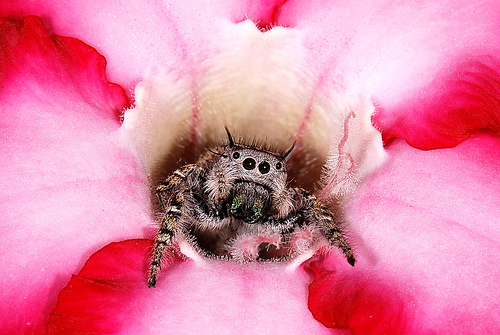
My flower ! by graftedno1 on flickr (licensed CC-BY-ND)
Using the previous example again, Canon's 100mm non-macro lens has an aperture one stop faster than their macro lens of the same focal length (f/2 vs f/2.8). It is also about 20% cheaper than their cheapest 100mm macro lens. (Canon have two versions of their 100mm macro lens - a newer version with Image Stabilization, and an older, cheaper one, without. The newer version of the 100mm macro is more than twice as expensive as the non-macro 100mm lens).
Macro lenses are not exclusively for macro and close-up photography. They can be used the same way as any other lens. So a macro lens can be used for both normal photography and macro photography.

Springtime by Adam Haranghy on flickr (licensed CC-BY-ND)
If you are looking at purchasing a new lens in the 60mm - 180mm focal length range, it is worthwhile looking at macro lenses as well as standard lenses. You may find a nice macro lens that will suit your needs for non-macro photography, with the added benefit of being able to be used for macro photography as well.
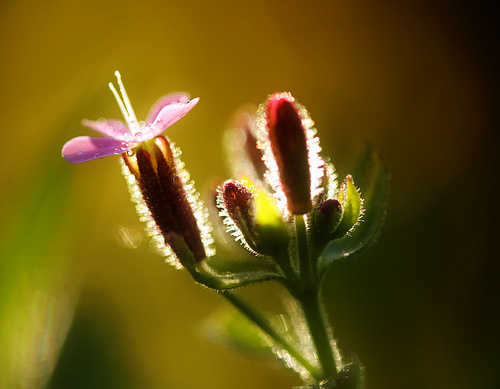
Between the Dark and a Light Place by Neal. on flickr (licensed CC-BY)
Macro lenses come in a variety of focal lengths. The longer the focal length, the more working distance it gives between you and the subject. It also gives a narrower field of view, which can be helpful for controlling the background. You can read more about this in the article Macro Lens Focal Lengths Compared.
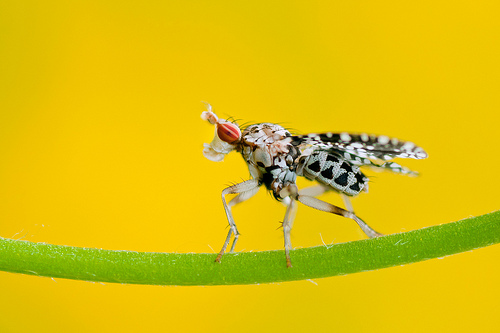
The Equilibrist by kaibara87 on flickr (licensed CC-BY)
When focusing on close-up or macro subjects, it is usually best to use manual focus. If you're hand holding the camera, the camera may move a small amount between half-pressing the shutter to autofocus, and fully depressing the button to take the photo. The depth of field at these magnifications is very small, so even a small camera movement can put your subject out of focus. I'll write more about focusing for macro photography in a future article.
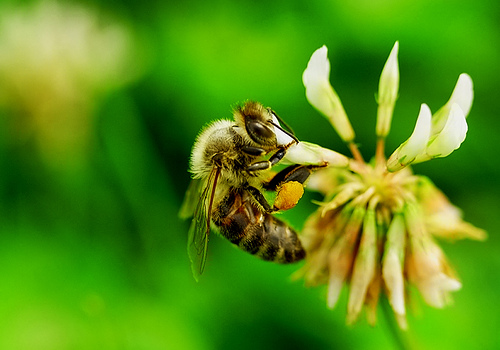
泡泡襪 by `Kevin Wang(WANG CHI WEN) on flickr (licensed CC-BY-ND)
If you don't mind the lack of autofocus for non-macro photography, or you are intending to use the lens just for macro work, it might be worth looking at older macro lenses. Second hand manual focus macro lenses can be picked up cheaper than modern autofocus lenses. Bear in mind that depending on your camera, you may be able to use lenses designed for other cameras with an adapter as well.
Although nearly all macro lenses can be used for non-macro work, there is one that is a dedicated macro only lens. This is the Canon MP-E65. This lens only produces macro photos, with a magnification ratio between 1:1 and 5:1 (5x lifesize). So it is quite specialist.
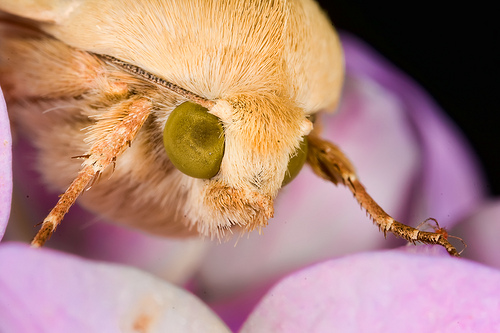
green eyes and a lot of hair! by spettacolopuro on flickr (licensed CC-BY)
So, to sum up the positives and negatives of using macro lenses compared to other methods of macro photography:
- Can be used for general photography, not just macro.
- Can be used with diopters and extensions for even greater magnification. (These will be covered in upcoming articles).
- A relatively large working distance can be used depending on the focal length of the lens being used.
- Easy to use - no adapters, works the same way as a standard lens.
- A new macro lens is expensive compared to most other methods of macro / close-up photography.
- Compared to diopters, reversing adapters, and extension tubes, a macro lens is large and heavy. But all the other solutions require a lens to work with as well. If you are using a macro lens instead of a standard lens plus diopters or adapters, it may actually work out smaller and lighter.




